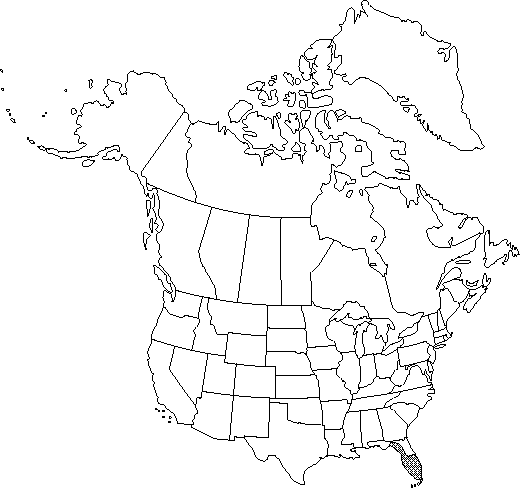Difference between revisions of "Casuarina cunninghamiana subsp. cunninghamiana"
FNA>Volume Importer |
FNA>Volume Importer |
(No difference)
| |
Revision as of 22:15, 16 December 2019
Trees, 15-35 m, usually not suckering. Bark gray-brown, finely fissured and scaly. Branchlets drooping in vigorous specimens, erect in depauperate specimens; segments 6-9 × 0.4-0.6 mm, sparsely and minutely pubescent in furrows, not waxy, edges of furrows often marked (when dry) by slight ridge; longitudinal ridges angular with median rib; teeth marcescent, [6-]8-10, erect, 0.3-0.5 mm. Young permanent shoots with erect to spreading teeth. Flowers unisexual, staminate and pistillate on different plants. Staminate spikes 0.4-4 cm, 11-13 whorls per cm; anthers 0.4-0.7 mm. Infructescences sparsely pubescent; peduncles 2-9 mm; infructescence body 7-14 × 4-6 mm; bracteoles broadly acute [to acute]. Samaras 3-4 mm.
Phenology: Flowering summer.
Habitat: Naturally on riverbanks, in somewhat drier sites in the flora
Elevation: 0-500 m
Distribution

Fla., native, ne, e Australia.
Discussion
Casuarina cunninghamiana subsp. cunninghamiana is less common in Florida than the other two species.
The type subspecies is widely cultivated in many parts of the world. Casuarina cunninghamiana subsp. miodon L. A. S. Johnson is not known to be cultivated.
Selected References
None.
